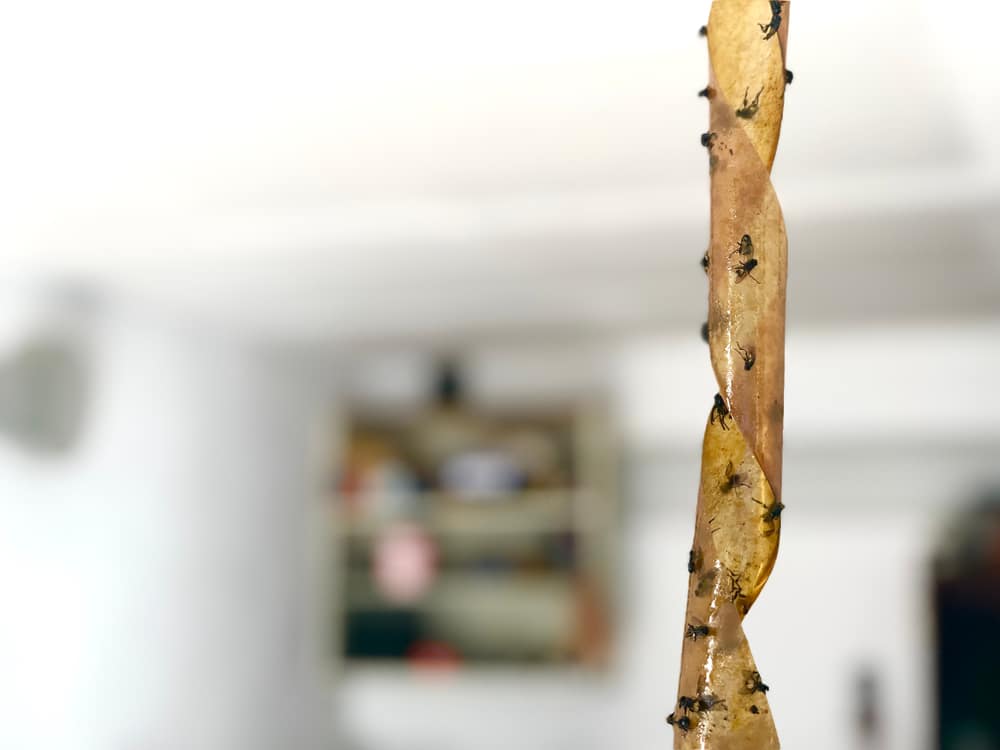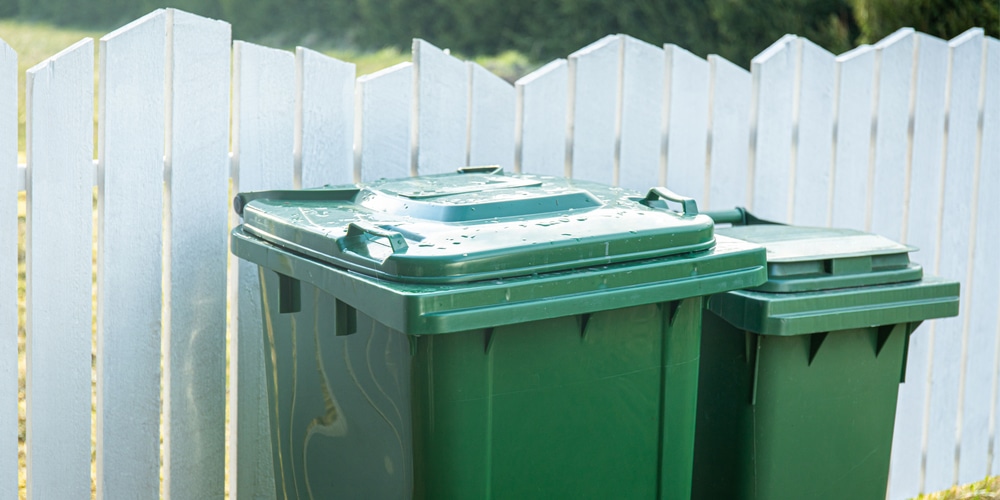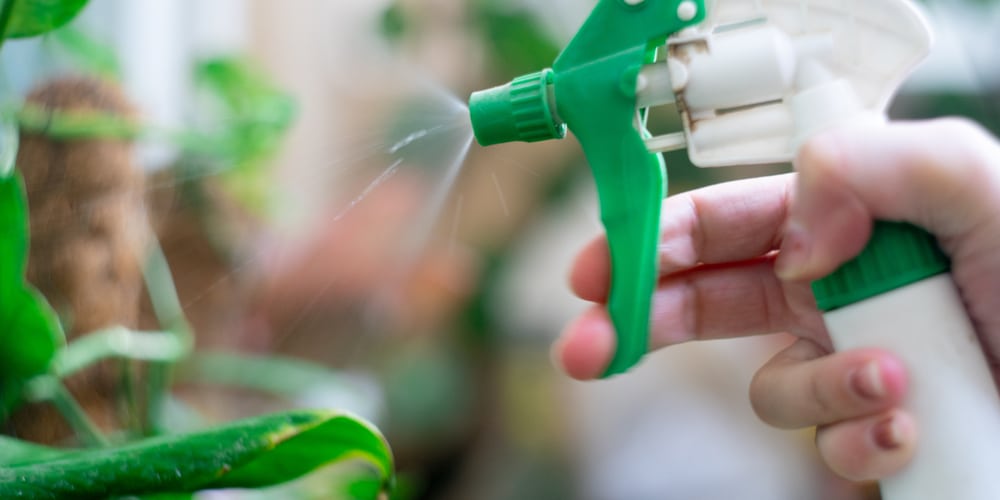Eliminating Flies in the Home: A Play-By-Play Game Plan
Step 1: Identify the Fly Type
- Question: Do you know what type of flies you have?
- Yes: Tailor treatment based on fly type (house flies, fruit flies, etc.).
- No: Try general fly control measures.
Step 2: Eliminate Attraction Sources
- Question: Have you removed sources that attract flies?
- Yes: Proceed to Step 3.
- No: Remove sources.
- Actions: Clean up food waste, cover trash cans, and remove standing water.
Step 3: Use Fly Traps
- Question: Do you want to use traps?
- Yes: Set up appropriate traps.
- Types of Traps:
- Sticky Traps: Good for areas with light fly activity.
- Electric Traps: Effective in larger areas.
- DIY Traps: Homemade traps using sugar, water, and dish soap.
- Types of Traps:
- No: Consider alternative measures.
- Yes: Set up appropriate traps.
Step 4: Seal Entry Points
- Action: Check and seal entry points.
- Areas to Check: Windows, doors, vents.
- Sealing Methods: Weather stripping, screen repairs.
Step 5: Use Natural Repellents
- Question: Do you prefer natural methods?
- Yes: Implement natural repellents.
- Options:
- Herbs: Basil, lavender, mint.
- Essential Oils: Eucalyptus, peppermint, lemongrass.
- Options:
- No: Consider chemical repellents.
- Yes: Implement natural repellents.
Step 6: Chemical Repellents
- Question: Are flies still a problem?
- Yes: Use insecticide sprays carefully following safety guidelines.
- No: Continue with prevention measures.
Step 7: Maintain Cleanliness and Prevention
- Routine Actions:
- Regular Cleaning: Maintain cleanliness to avoid attracting flies.
- Trash Management: Ensure trash is sealed and removed regularly.
- Standing Water: Eliminate standing water sources.
Step 8: Evaluate and Adapt
- Question: Are flies still present after implementing these measures?
- Yes: Consider adjusting strategies or consulting a professional.
- No: Maintain ongoing prevention strategies to keep flies out.
Additional Tips
- Regular monitoring and quick action at the first sign of flies can prevent larger infestations.
- Ensure food is not left out uncovered, and that fruit and vegetables are stored properly to avoid attracting fruit flies.
Fly-Free Zone Essentials

Creating an oasis in your home that’s free from the buzzing nuisance of flies centers around three key strategies:
Accurately identifying the types of flies invading your space is the first step.
Then, you’ll need to construct effective homemade traps to catch these pests, and utilize commercial repellents to keep them at bay.
Identify Fly Types
- Common Housefly (Musca domestica): Often found near waste and decaying organic material.
- Fruit Fly (Drosophila spp.): Small, and frequently seen around overripe fruit or sugary spills.
Recognizing the fly type is crucial for choosing the most effective eradication method.
Homemade Fly Traps
- Vinegar and Dish Soap Trap: Attracts flies with the scent of vinegar, while dish soap catches and drowns them. Here’s how.
- Sugar and Water Mix: Flies can’t resist the sweet scent; trapped by sticky solution.
Build these simple traps with everyday household items to reduce your fly problems.
Commercial Fly Repellents
- Ultraviolet Electric Traps: Lure flies with UV light and eliminate them on contact.
- Fly Paper/Sticky Traps: Hang in areas with high fly activity to entrap them.
Invest in these repellents for a more hands-off approach to maintaining a fly-free zone.
Cleanliness Is Key

Keeping your home spick-and-span is like hitting two flies with one swatter—it makes your space feel fresh and keeps those pesky flies at bay.
Here’s how tidying up can become your secret weapon in the battle against buzzing invaders:
- Wipe It Down: Regularly clean surfaces where food particles and sticky spills can attract flies. A daily swipe with a disinfecting wipe can go a long way.
- Countertops - Tables - Stovetops - Seal the Deal: Secure your trash by ensuring lids are tightly shut to stop any tempting aromas reaching fly nostrils — yes, they’ve got them!
- Go Microbe Magic: Consider using enzyme and microbe cleaners for an extra punch. These little wonders breakdown organic matter that flies love to feast on.
- Floors - Walls - Drains - Dish Duty: Don’t let dirty dishes pile up. Wash or place them in the dishwasher promptly to avoid creating a fly buffet.
- Pet Patrol: Keep Fido’s dining area neat. Wash pet bowls regularly and promptly dispose of waste.
Natural Fly Deterrents
Before reaching for chemical sprays, consider using natural solutions to keep flies at bay. With items easily found in your home or garden, you can create effective deterrents that are both eco-friendly and pleasantly aromatic.
Herbs and Plants
- Basil: Not only for your pesto but also a powerhouse in repelling flies. Plant basil in pots by your doors and windows or use dried basil in muslin bags.
- Lavender: Its soothing scent for you spells trouble for flies. Have fresh lavender bundles or sachets around your home.
- Mint: Whether in leaf form or as an extract, mint keeps the flies away and adds a fresh scent to your space.
Essential Oils
- Eucalyptus Oil: Mixed with water, eucalyptus oil makes a potent fly repellent spray. Add 5 drops to 1 qt. of water with a squirt of natural dish soap and spray around the house.
- Lemongrass Oil: A light citrus mist not only boosts your mood but is also disliked by flies. Combine 10 drops in a spray bottle filled with water and spritz as needed.
Barrier Methods
Creating physical barriers is a surefire way to keep those pesky flies from crashing your outdoor relaxations. Screens and netting act as your first line of defense, while light-based repellents can be both functional and aesthetically pleasing.
Screens and Netting
- Install Physical Barriers: Your home’s openings are gateways for flies. Place screens on windows and doors to block their entry while still allowing a breeze. Ensure there are no tears or gaps where flies can sneak through.
- Mesh Size Matters: Select a fine mesh that permits air flow but is small enough to prevent flies from passing through.
- Insect Mesh Doors: For a more robust solution, you might consider installing doors with built-in insect mesh on your porch or patio.
Light-based Repellents
- Illuminate to Repel:
- Yellow Light Bulbs: Flies are less attracted to yellow light bulbs, so consider swapping out your standard bulbs to keep the flies away.
- Bug Zappers: These devices use a light attraction method followed by an electrifying goodbye to any curious flies. Position them away from your gathering area to lure flies to a different location.
Frequently Asked Questions
In this section, you’ll find targeted answers to common questions about flying pests, ensuring your home and outdoor areas remain fly-free zones.
What are the quickest methods to eliminate flies inside the house?
- Deploy fly traps, which are widely available and can be highly effective for indoor use. These traps lure flies in and prevent them from escaping, rapidly reducing their numbers.
- Apply a mixture of dish soap and water in a spray bottle to affected areas, as this combination can quickly immobilize and dispatch flies.
For more information on the quickest methods to eliminate flies inside the house, you may find this site useful: Amazon.com Official Site
What natural remedies are effective for repelling flies indoors?
- Herbs and plants, such as basil and lavender, are not only pleasant for you but also great for keeping flies at bay with their natural aromatic properties.
- Essential oils like eucalyptus, lemongrass, and peppermint oil, when diluted and sprayed around the house, can act as natural fly repellents.
You can find more about natural remedies for repelling flies indoors here: Positivebloom
What are the best strategies to prevent flies from invading outdoor spaces?
- Keep your outdoor areas clean, particularly by securing trash bags and compost bins, as these are breeding havens for flies.
- Consider installing an outdoor fan; the airflow is an effective deterrent for flies that are looking to land on food or surfaces in your patio area.
This source details some effective strategies to prevent flies in outdoor spaces: Pests In The Home
What home-made solutions can I use to deter flies?
- A mixture of apple cider vinegar with a few drops of dish soap acts as an irresistible trap for flies—once they land, they can’t escape.
- Create fly strips using a paper coated with a sweet substance like honey. These sticky traps will catch and hold flies that are attracted to the scent.
For information on home-made solutions to deter flies, visit: HomeTalk
Is it possible to keep flies away without using harsh chemicals?
- Absolutely! Fly screens on windows and doors allow for fresh air while keeping out unwanted insects.
- Moreover, UV light fly zappers or electric fly swatters provide a no-chemical solution, zapping the fly on contact without releasing toxic substances into your environment.
Read more about non-chemical methods to repel flies at: The Spruce
How can one quickly diminish a fly infestation in the home?
- Identify and remove the source of attraction for flies, such as spilled foods or organic waste, to immediately cut down on the number of flies entering your home.
- Vacuuming flies can be an instantaneous way to reduce their population indoors, especially when dealing with a large infestation.
Last update on 2025-06-06 / Affiliate links / Images from Amazon Product Advertising API




